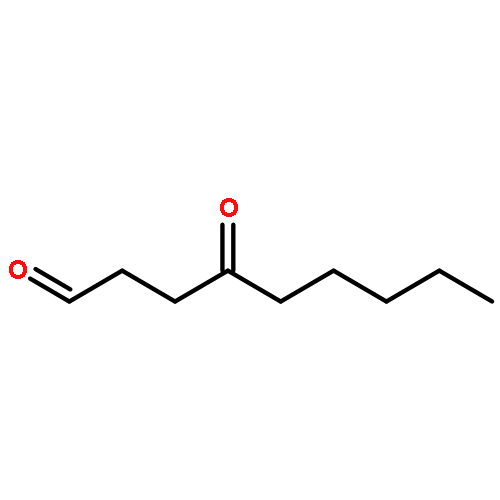Co-reporter: Junhong Guo, Hua Wang, Borys Hrinczenko, and Robert G. Salomon
pp: 1187
Publication Date(Web):June 24, 2016
DOI: 10.1021/acs.chemrestox.6b00152
γ-Hydroxy-α,β-unsaturated aldehydes, generated by oxidative damage of polyunsaturated phospholipids, form pyrrole derivatives that incorporate the ethanolamine phospholipid (EP) amino group such as 2-pentylpyrrole (PP)-EP and 2-(ω-carboxyalkyl)pyrrole (CAP)-EP derivatives: 2-(ω-carboxyethyl)pyrrole (CEP)-EP, 2-(ω-carboxypropyl)pyrrole (CPP)-EP, and 2-(ω-carboxyheptyl)pyrrole (CHP)-EP. Because EPs occur in vivo in various forms, a complex mixture of pyrrole-modified EPs with different molecular weights is expected to be generated. To provide a sensitive index of oxidative stress, all of the differences in mass related to the glycerophospholipid moieties were removed by releasing a single CAP-ethanolamine (ETN) or PP-ETN from each mixture by treatment with phospholipase D. Accurate quantization was achieved using the corresponding ethanolamine-d4 pyrroles as internal standards. The product mixture obtained by phospholipolysis of total blood phospholipids from sickle cell disease (SCD) patients was analyzed by LC-MS/MS. The method was applied to measure CAP-EP and PP-EP levels in blood plasma from clinical monitoring of SCD patients. We found uniformly elevated blood levels of CEP-EP (63.9 ± 9.7 nM) similar to mean levels in blood from age-related macular degeneration (AMD) patients (56.3 ± 37.1 nM), and 2-fold lower levels (27.6 ± 3.6 nM, n = 5) were detected in plasma from SCD patients hospitalized to treat a sickle cell crisis, although mean levels remain higher than those (12.1 ± 10.5 nM) detected in blood from healthy controls. Plasma levels of CPP-EPs from SCD clinic patients were 4-fold higher than those of SCD patients hospitalized to treat a sickle cell crisis (45.1 ± 10.9 nM, n = 5 versus 10.9 ± 3.4 nM, n = 6; p < 0.002). PP-EP concentration in plasma from SCD clinic patients is nearly 4.8-fold higher than its level in plasma samples from SCD patients hospitalized to treat a sickle cell crisis (7.06 ± 4.05 vs 1.48 ± 0.92 nM; p < 0.05). Because CAP-EPs promote angiogenesis and platelet activation, the elevated levels present in SCD blood can contribute to the hypercoaguability and vaso-occlusive events that are critical pathophysiologic features of SCD.
